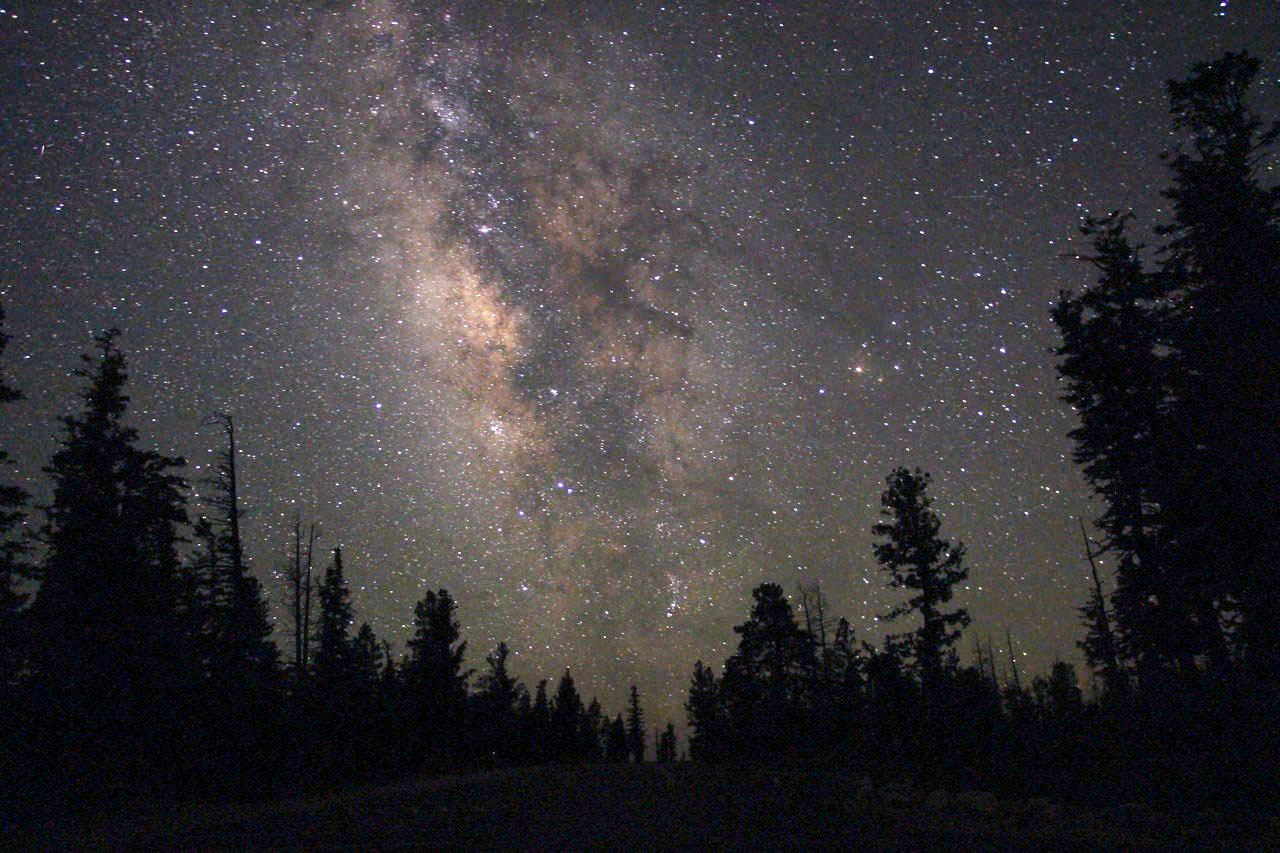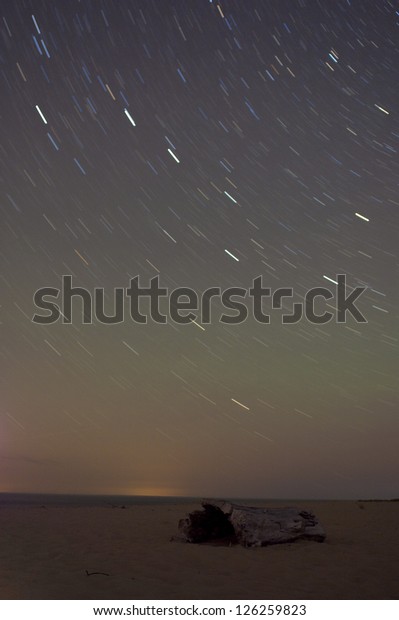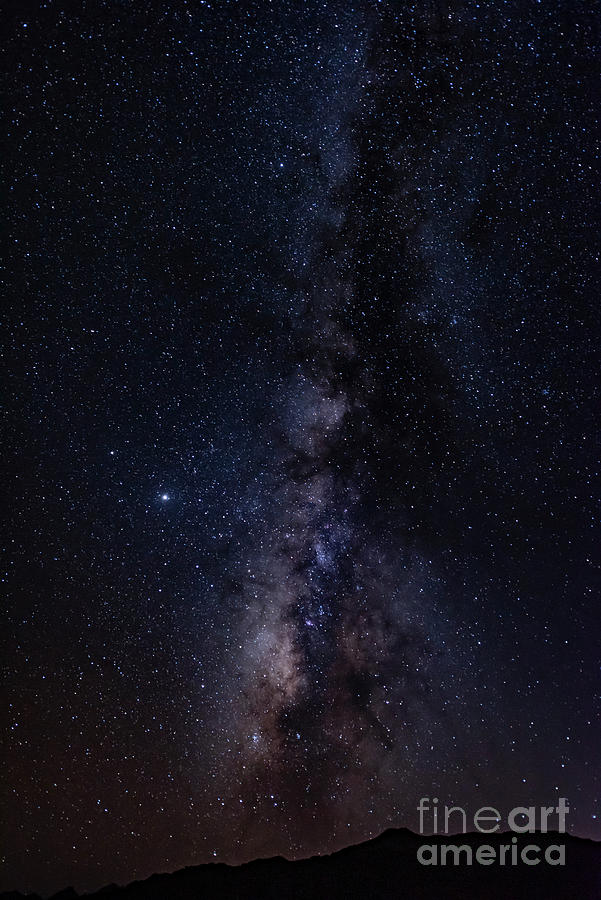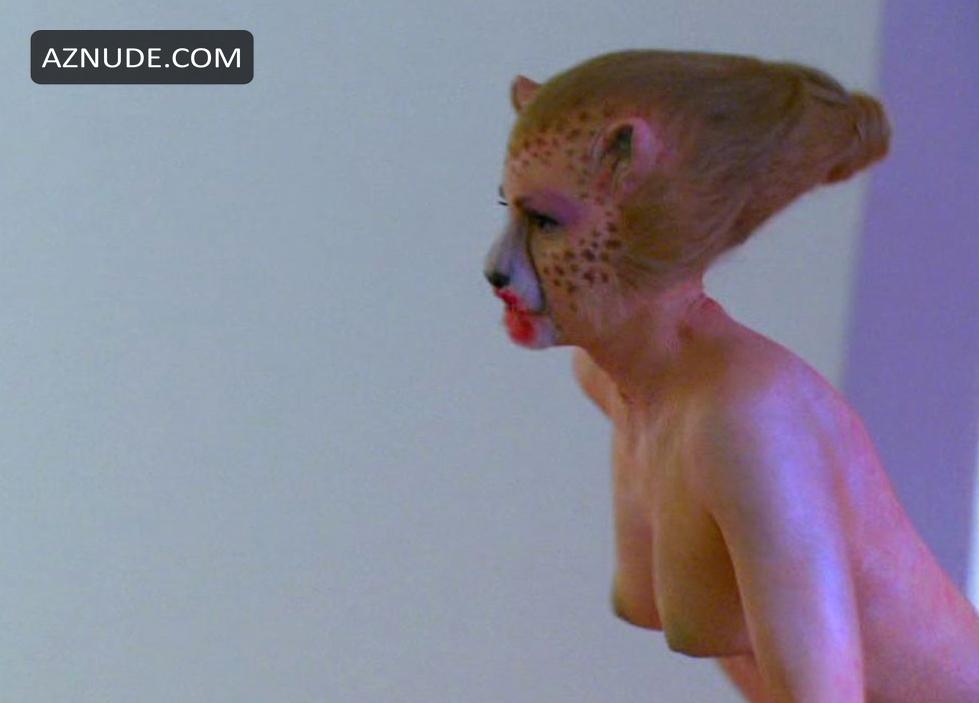Big and milky - Big Plastic Milk Bottle

Kürzliche Posts
- Jasmine grey facial
- Letoya luckett sexy
- Kindly meyers nude
- Rhea ripley nude leaks
- Kat wonders patreon leaked
- Julia roberts hot photos
- Forbidden affairs porno
- Morgan lux tits
- Ash cash rapper
- Ewa aulin images
- Allie long nude
- Sex vidio deutsch hamster
- Toni storm hacked photos
- Disney cosplay nude
- Lindsay czarniak naked
Milky Way
Close encounters between galaxies, like that expected in 4 billion years with the Andromeda Galaxy rips off huge tails of gas, which, over time can coalesce to form dwarf galaxies in a ring at an arbitrary angle to the main disc.
The Milky Way is on a collision course with the most massive member of the group, called M31 or the Andromeda Galaxy.
Using a low-mass red dwarf as an average-mass star will give you a totally different answer for the total number of stars in our galaxy.
- Verwandter Artikel
2021 cdn3.xiptv.cat


.jpg)












_gina-bellman-naked-celebrities-1.jpg)















